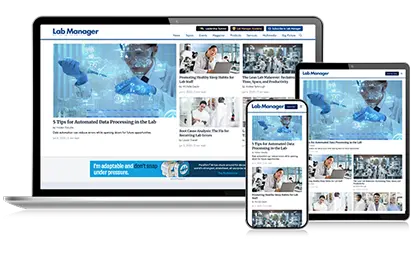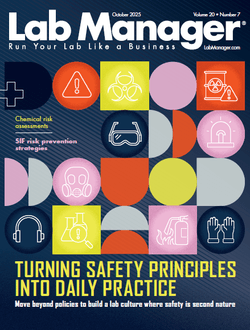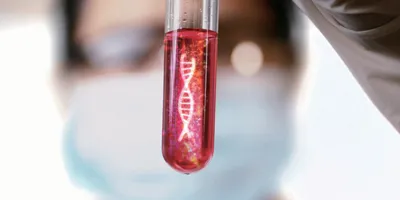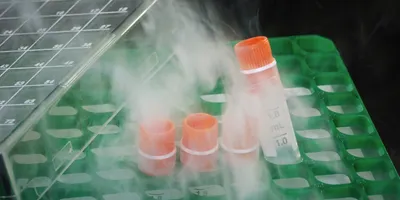Electrolyzed water cleans, degreases -- and treats athlete's foot. The solution is replacing toxic chemicals.
It's a kitchen degreaser. It's a window cleaner. It kills athlete's foot. Oh, and you can drink it.
Sounds like the old "Saturday Night Live" gag for Shimmer, the faux floor polish plugged by Gilda Radner. But the elixir is real. It has been approved by U.S. regulators. And it's starting to replace the toxic chemicals Americans use at home and on the job.
The stuff is a simple mixture of table salt and tap water whose ions have been scrambled with an electric current. Researchers have dubbed it electrolyzed water -- hardly as catchy as Mr. Clean. But at the Sheraton Delfina in Santa Monica, some hotel workers are calling it el liquido milagroso -- the miracle liquid.
That's as good a name as any for a substance that scientists say is powerful enough to kill anthrax spores without harming people or the environment.
Used as a sanitizer for decades in Russia and Japan, it's slowly winning acceptance in the United States. A New York poultry processor uses it to kill salmonella on chicken carcasses. Minnesota grocery clerks spray sticky conveyors in the checkout lanes. Michigan jailers mop with electrolyzed water to keep potentially lethal cleaners out of the hands of inmates.
In Santa Monica, the once-skeptical Sheraton housekeeping staff has ditched skin-chapping bleach and pungent ammonia for spray bottles filled with electrolyzed water to clean toilets and sinks.
The mixture costs less than a penny a gallon. It cuts down on employee injuries from chemicals. It reduces shipping costs and waste because hotel staffers prepare the elixir on site. And it's helping the Sheraton Delfina tout its environmental credentials to guests.
The hotel's kitchen staff recently began disinfecting produce with electrolyzed water. They say the lettuce lasts longer. They're hoping to replace detergent in the dishwasher. Management figures the payback time for the $10,000 electrolysis machine will be less than a year.
"It's green. It saves money. And it's the right thing to do," said Glenn Epstein, executive assistant at the Sheraton Delfina. "It's almost like fantasy."
Actually, it's chemistry. For more than two centuries, scientists have tinkered with electrolysis, the use of an electric current to bring about a chemical reaction (not the hair-removal technique of the same name that's popular in Beverly Hills). That's how we got metal electroplating and large-scale production of chlorine, used to bleach and sanitize.
It turns out that zapping salt water with low-voltage electricity creates a couple of powerful yet nontoxic cleaning agents. Sodium ions are converted into sodium hydroxide, an alkaline liquid that cleans and degreases like detergent, but without the scrubbing bubbles. Chloride ions become hypochlorous acid, a potent disinfectant known as acid water.
"It's 10 times more effective than bleach in killing bacteria," said Yen-Con Hung, a professor of food science at the University of Georgia-Griffin, who has been researching electrolyzed water for more than a decade. "And it's safe."
There are drawbacks.
Electrolyzed water loses its potency fairly quickly, so it can't be stored long. Machines are pricey and geared mainly for industrial use. The process also needs to be monitored frequently for the right strength.
The unit in Santa Monica looks a little like an oversized water heater, with two tanks side by side -- one for making the hypochlorous acid sanitizer, the other for the sodium hydroxide cleanser.
Rebecca Jimenez, director of housekeeping, heard grumbling from the cleaning staff when the hotel brought the machine in last fall. Housekeepers doubted that the flat, virtually odorless liquids were really doing the job. Some poured the guest shampoos into their bottles to work up a lather.
"If it doesn't suds up, it doesn't work," Jimenez said. "That's the mentality."
Still, she said, most have come around and are enjoying working without fumes and peeling skin.
Minnesota food scientist Joellen Feirtag said she was similarly skeptical. So she installed an electrolysis unit in her laboratory and began researching the technology. She found that the acid water killed E. coli, salmonella, listeria and other nasty pathogens. Yet it was gentle enough to soothe her children's sunburns and acne.
She's now encouraging food processors to take a look at electrolyzed water to help combat the disease outbreaks that have roiled the industry. Most are dubious.
"This sounds too good to be true, which is really the biggest problem," said Feirtag, an associate professor at the University of Minnesota. "But it's only a matter of time before this becomes mainstream."
Source: Los Angeles Times
Electrolyzed water cleans, degreases -- and treats athlete's foot. The solution is replacing toxic chemicals.
It's a kitchen degreaser. It's a window cleaner. It kills athlete's foot. Oh, and you can drink it.
Sounds like the old "Saturday Night Live" gag for Shimmer, the faux floor polish plugged by Gilda Radner. But the elixir is real. It has been approved by U.S. regulators. And it's starting to replace the toxic chemicals Americans use at home and on the job.
To continue reading this article, sign up for FREE to

Membership is FREE and provides you with instant access to eNewsletters, digital publications, article archives, and more.










